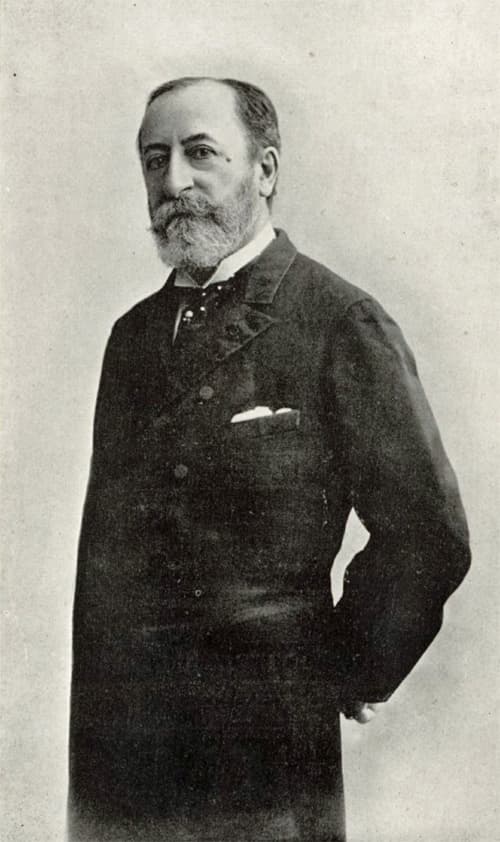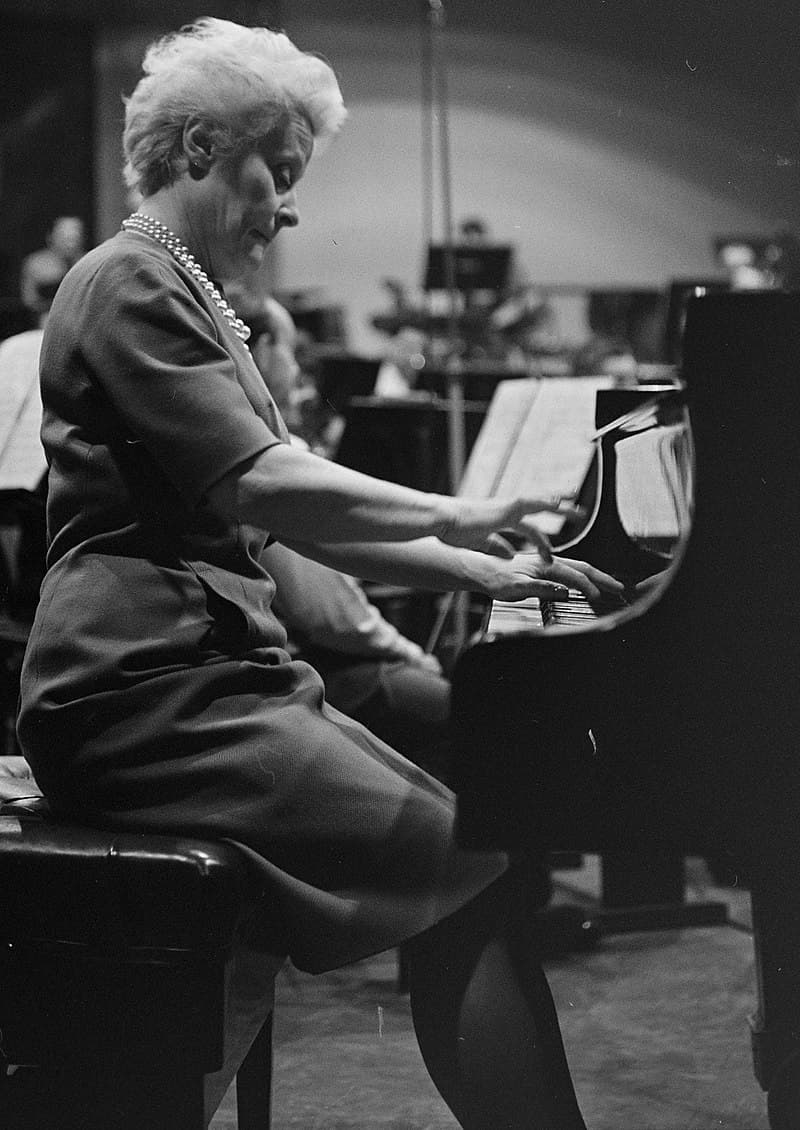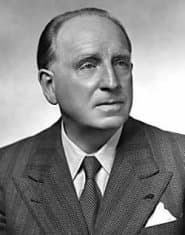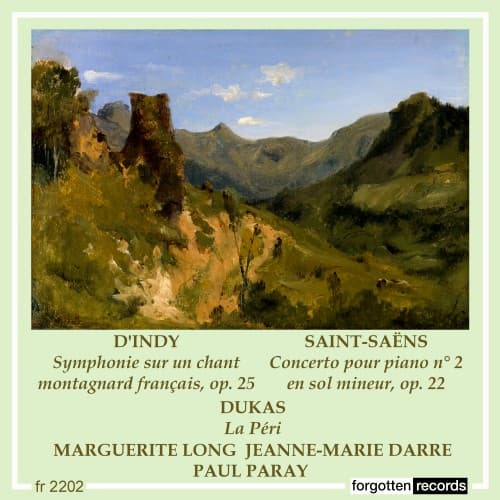Camille Saint-Saëns (1835–1921), in his youth, supported the modern music of his day, including that of Schumann, Liszt, and Wagner, but later took a dislike to the impressionist and expressionist composers’ works, which led many to label him as anti-progressive. However, his contemporaries, if not his critics, recognized him as the French Mendelssohn and Gounod saw him as the French Beethoven, a measure of the esteem in which they held him.

Charles Reutlinger: Camille Saint-Saëns, ca 1880
He entered the Paris Conservatoire at age 13, studying the organ and composition, having already made his concert debut at age 10. In 1857, he was appointed church organist at La Madeleine, the official church of the French Empire. He held that position for 20 years before starting on his career as a composer and traveling pianist, touring Europe and the Americas.
His compositions followed a conventional classical tradition that observed the structure developed by earlier French composers. In his later years, despite his lack of advocacy for Debussy and his followers, his music started to show neoclassical elements that would be influential to Les Six and Stravinsky.
He only taught for 5 years at the École de Musique Classique et Religieuse in Paris, but one of his students there was Gabriel Fauré, later the teacher of Maurice Ravel. Both composers held Saint-Saëns in the highest esteem, regarding him as a genius.
The Piano Concerto No. 2 was written in just 17 days at the request of Anton Rubinstein. At its 1868 premiere, Saint-Saëns was the soloist. Turning the idea of a piano concerto inside out, the work opens with a cadenza over a long pedal, and before the first theme is sounded. The orchestra enters and the piano returns with the contrasting song-like second theme.
Saint-Saëns: Concerto for Piano and Orchestra No. 2 in G minor, Op. 22: I. Andante Sostenuto

Jeanne-Marie Darré (FOTO:FORTEPAN / Zoltán Szalay)
This recording was made in 1948 at the Theatre des Champs-Élysées, Paris, with Jeanne-Marie Darré on the piano and Paul Paray conducting the Orchestre des Concerts Colonne. The Colonne Orchestra was founded in 1873 by the violinist and conductor Édouard Colonne. At the time, he was the leader of the orchestra at the Paris Opera and the first concerts of the Colonne Orchestra were held at the Théâtre du Châtelet. Their emphasis was on contemporary music with composers such as Saint-Saëns, Massenet, Charpentier, Fauré, d’Indy, Debussy, Ravel, Widor, Enescu, Dukas, and Chabrier, along with Wagner and Strauss. One particular interest was the music of Berlioz, which Colonne and his orchestra championed, becoming known for their performance of La Damnation of Faust, with 117 performances between 1877 and 1903. Paul Paray was their musical director from 1932 through 1956.

Paul Paray
French pianist Jeanne-Marie Darré (1905–1999) was known not only for her elegant and lyrical performances of the solo works of Chopin and Liszt but also for her Saint-Saëns concertos. She studied at the Paris Conservatoire under Isidor Philipp and Marguerite Long and worked with the leading composers of her time, including Fauré, Saint-Saëns, and Ravel. At age 21, working with conductor Paul Paray, she performed all five of the Saint-Saëns Piano Concertos in a single concert with the Concerts Lamoureux orchestra. Her performing career took her across Europe, and then in the 1960s, to the US, where she returned regularly until she retired from the concert stage in the 1980s.

Performed by
Jeanne-Marie Darré
Paul Paray
Orchestre des Concerts Colonne
Recorded in 1948
Official Website
For more of the best in classical music, sign up for our E-Newsletter
